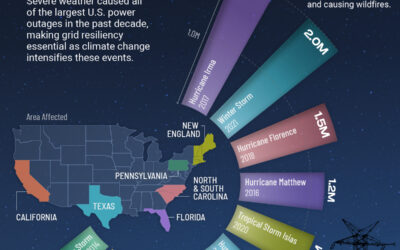Where We Work Matters
Offices and workplaces have evolved a fair amount over the years, but this year, workplaces have changed dramatically for millions of people without much warning, and now, after nine months there still isn’t an end in sight. The experience has been drastically different for people depending on their space at home, the type of work they do, the number of people (and especially little ones) at home, and many other factors.
Essentially every company which can theoretically work remotely has had to weigh the pros and cons. Over the last decade, many companies have previously experimented with remote work and despite challenges, have identified some major benefits such as more flexibility, increased job satisfaction, lower stress, and cost and time savings. Studies have also shown lower attrition rates with employees, less sick time and vacation time used, higher productivity, and higher job satisfaction overall. The problem with our current pandemic-forced remote work is that a few of the key factors in these positive benefits are missing: choice, space, and duration.
Let’s dig a little deeper.
The main argument over the years has been focused on whether workers are more or less productive while working remotely. One of the most commonly quoted studies is a Stanford Study by Nicholas Bloom. That research was based on a randomized control trial including 1,000 employees of a company called Ctrip, a Chinese travel company. Over a nine-month period, they saw a thirteen percent increase in performance as well as a fifty percent drop in employee-quit rates. The experiment was so successful that Ctrip rolled out working from home to the whole firm. Other experiments have also shown increases in productivity and employee satisfaction.
There were some important caveats to note though.
- Ctrip is mostly a call center which doesn’t necessarily translate to all types of work
- More than half changed their mind about 100% remote work. Bloom is quoted saying, “They reported feeling isolated, lonely, and depressed at home. So, I fear an extended period of working from home will not only kill office productivity but is building a mental health crisis.” They found that the best results happened when people had a day or two at the office a week.
- Bloom also pointed out the importance of face to face interaction. During this forced separation, using video on calls is critical.
Overall, there seems to be a consensus that there are benefits to be had from remote work but that it doesn’t lend itself to all types of work. Remote work policies, when possible, should be thought out and executed based on the needs of the company, culture, and type of work being done. Furthermore, each employee needs opportunities to interact with coworkers. Thus, the benefits of remote work may diminish or disappear with an all-or-nothing approach.
Since many of us have limited choices about whether or where to work during this pandemic, it makes finding new ways to collaborate with teams and engage with coworkers that much more important. Hopefully the situation this year will encourage all of us to think outside the box, discover new, and possibly better ways to work, and keep our engagement alive and well.
Author: By Jared Forbes



